The Brutally Honest Truth About Cloud Sofas (From a Furniture Pro)
Alright, let’s talk about the cloud sofa. I’ve been building and fixing furniture for a long time, and I’ve seen trends explode and then fizzle out. But this one? It’s sticking around, and for a good reason. Who doesn’t want a couch that feels like a giant, welcoming hug at the end of the day? The marketing is brilliant, showing you these perfect, fluffy sanctuaries. But as someone who has seen the guts of these things, I can tell you that what makes a cloud sofa great—or a total waste of money—is all hidden under the fabric.
In this article
My goal here is to pull back the curtain. We’re going to bypass the showroom shine and talk about what really matters: the frame, the suspension, and the cushion fill. I’ve repaired enough saggy, sad-looking sofas to know exactly where companies cut corners. This is the stuff that separates a couch that looks good for six months from one that your family will love for a decade.
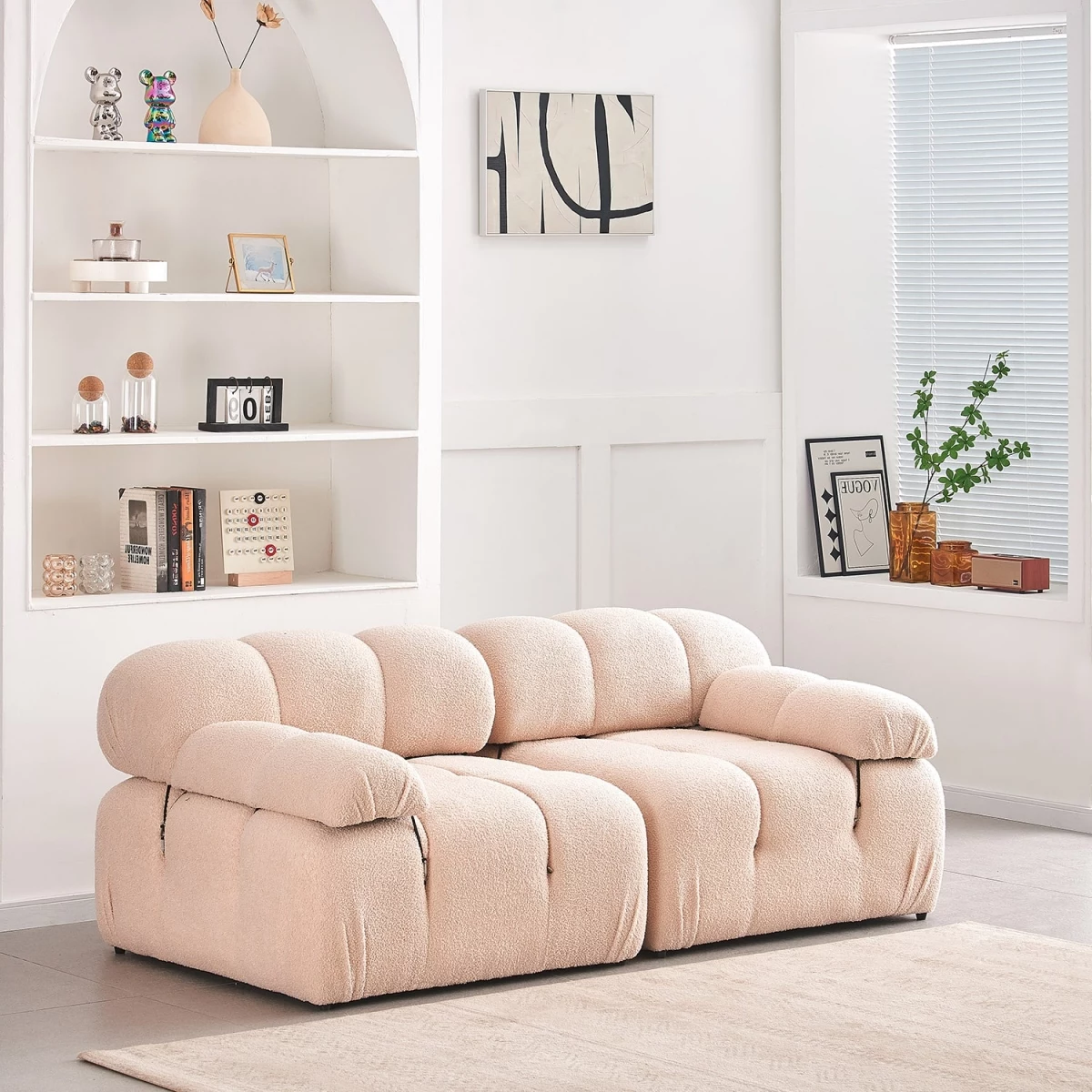
So, if you’re thinking about investing in real comfort, stick with me. You’ll learn what you’re actually paying for.
Why a Cloud Sofa Feels So Dang Good (It’s Not Magic)
That feeling of sinking into a plush sofa isn’t just about fluff; it’s smart engineering. A great sofa manages your weight in stages, and understanding this helps you spot quality from a mile away.
First, you hit the ‘soft compression’ layer. This is the instant “ahhh” moment. It’s usually a mix of down and feathers or a really good synthetic alternative that gives way easily. But honestly, if that was all you had, you’d sink straight to the wooden frame. It would be a lumpy, unsupportive nightmare for your back.
That’s where the supportive core comes in. This is the unsung hero of the sofa. Tucked inside the best cloud cushions is a block of high-density foam. This foam is the bouncer at the club—it stops you from bottoming out. The quality of this foam is EVERYTHING for the sofa’s lifespan. Cheap foam gets what we call ‘compression set,’ which is a technical way of saying it develops a permanent butt-dent and loses its bounce forever.
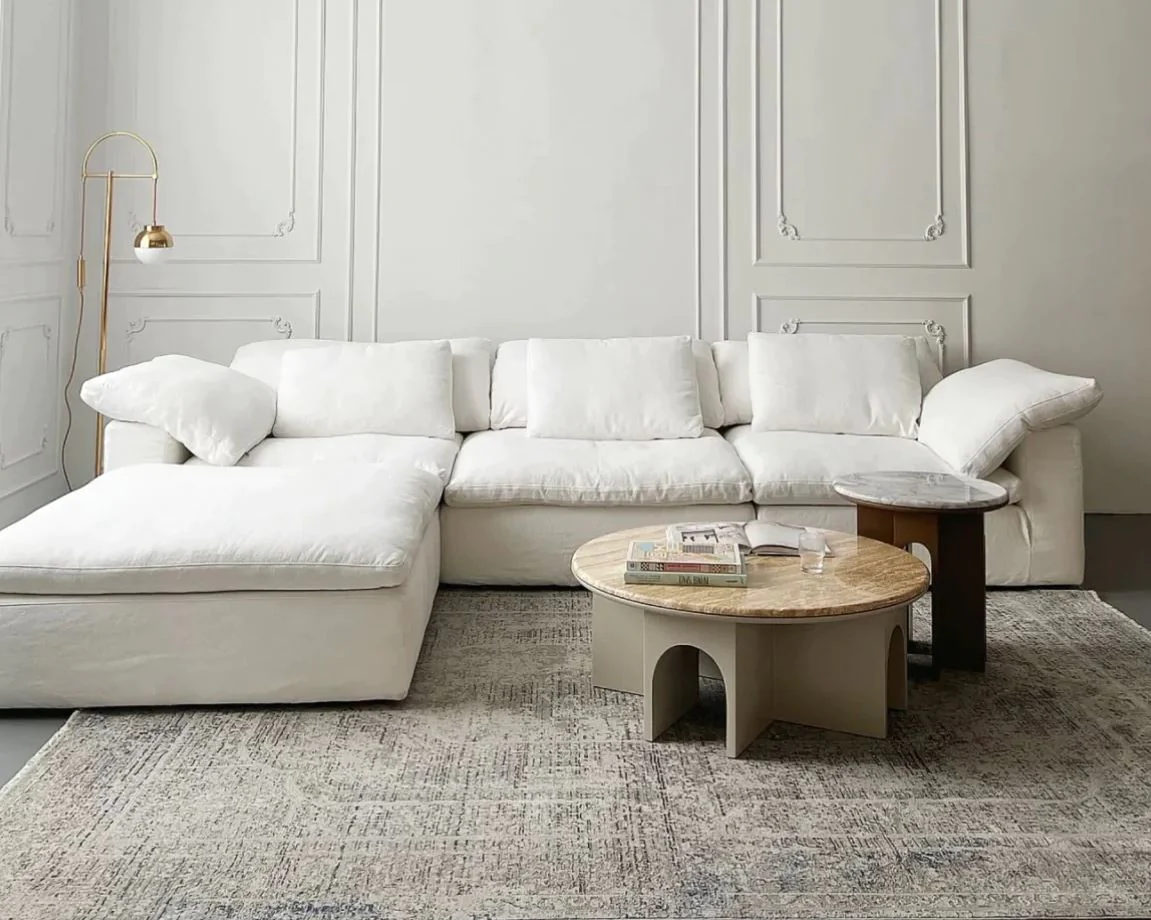
Finally, deep below, you have the suspension system. This web of springs or straps works with the cushions to absorb impact and spread your weight evenly across the frame. It’s the hidden source of resilience that prevents the whole thing from turning into a sad, saggy mess.
What’s Actually Inside? A Look Under the Hood
In the showroom, all you can judge is the fabric and the shape. But I can tell you more about a sofa’s quality by flipping it over than by sitting on it. Let’s break down the three parts that truly matter.
1. The Frame: The Bones of the Beast
The frame is the skeleton. If it’s weak, the sofa is doomed, no matter how gorgeous the upholstery is. I’ve seen frames made from cheap particle board literally snap in half during a move. A solid frame is non-negotiable.
- The Gold Standard: Look for the words “kiln-dried hardwood.” This means strong woods like oak or maple that have been properly dried so they won’t warp or twist over time, causing creaks and wobbles. If a brand proudly states they use a kiln-dried hardwood frame, that’s a fantastic sign. If they’re vague about it, that’s a major red flag.
- The Acceptable Alternative: Don’t freak out if you see “engineered wood” or high-quality plywood. A good 7-to-9-layer plywood can be incredibly strong and stable. The stuff to run away from is particle board, fiberboard (MDF), or softwoods like pine used for the main structure. These are fine for a bookshelf, but they can’t handle the stress of a family sofa.
- How It’s Put Together: The joints are just as important. The best frames are corner-blocked, glued, and screwed. Those little triangular wood blocks in the corners add a ton of strength. The absolute worst is a frame held together mostly by staples. I once repaired a “bargain” sofa where the entire arm was attached with four staples. It’s a disaster waiting to happen.
Quick tip in the showroom: Try to lift one of the front corners of the sofa about 6 inches off the floor. If the other front leg lifts almost instantly, the frame is stiff and strong. If the frame twists and the other leg lags behind, it’s a weak frame. You’ll feel it flex.
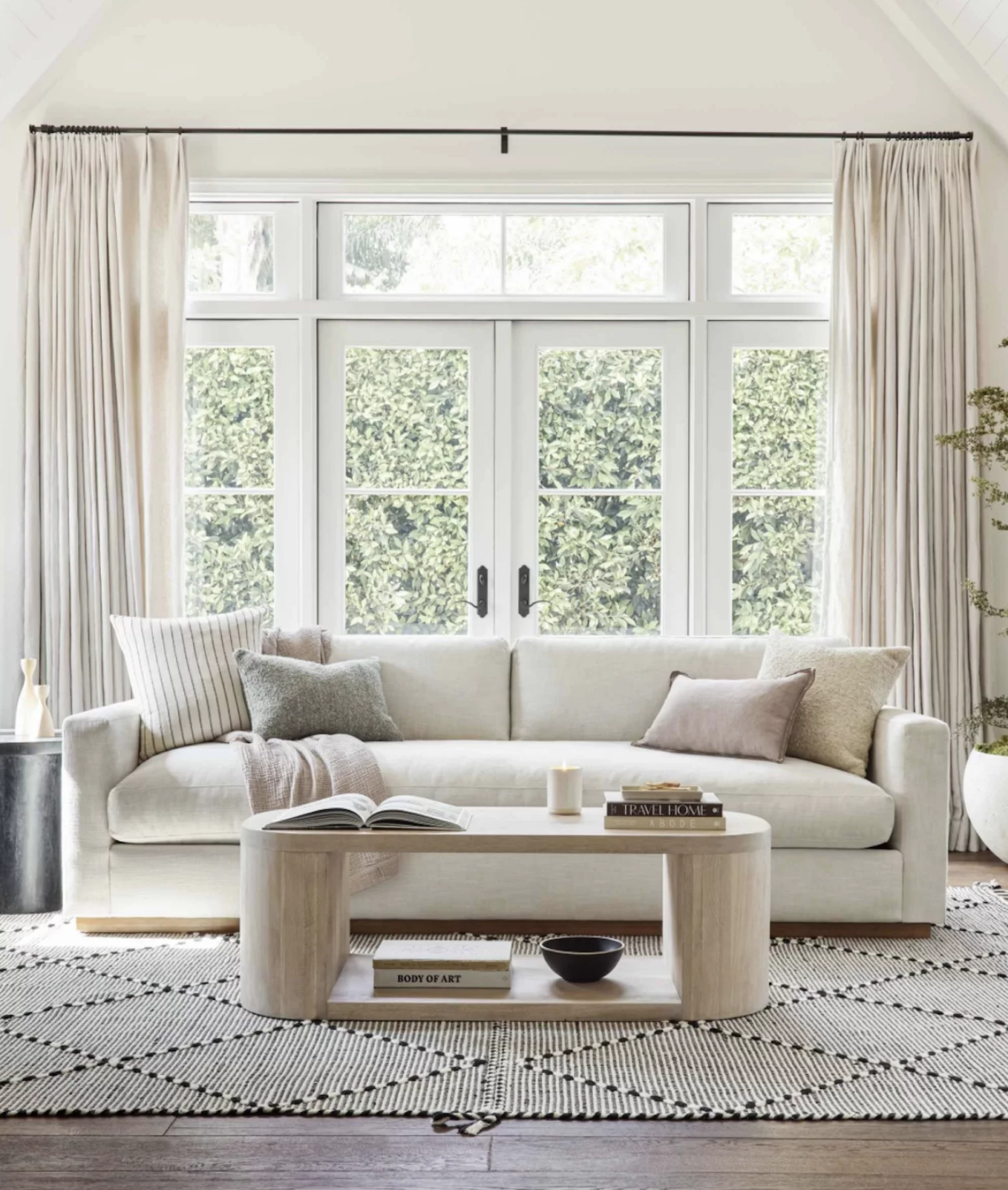
2. The Suspension: The Hidden Engine of Support
The suspension is what gives the seat its underlying bounce and support. This is a huge factor in both comfort and how long your sofa will last before it starts to sag. The price difference between these systems is significant.
- Eight-Way Hand-Tied Springs: This is the crème de la crème. It’s an old-school technique where each spring is tied by hand to the frame in eight different directions. It creates an interconnected web of support that is incredibly durable and comfortable. It’s also very labor-intensive, which is why you’ll only find it on high-end, investment-level sofas. Expect to see this in pieces costing $5,000 and up. It’s built to last a lifetime.
- Sinuous Springs: This is the most common system in good-quality, mid-range to upper-range sofas, and honestly, it’s a fantastic choice. These are S-shaped steel wires that run from the front to the back. When they’re made from heavy-gauge steel and spaced closely together, they provide great support that lasts for years. This is the system you should expect in a quality sofa in the $2,500 to $5,000 price range.
- Webbing Suspension: This uses strips of elastic webbing stretched across the frame. You’ll find it in many budget-friendly sofas and some minimalist designs where a low profile is key. The problem? The webbing stretches out over time and loses its bounce. It’s the least durable option and a primary cause of sagging. If a sofa under $1,500 feels surprisingly comfy, it probably uses webbing that won’t feel so great in a year or two.
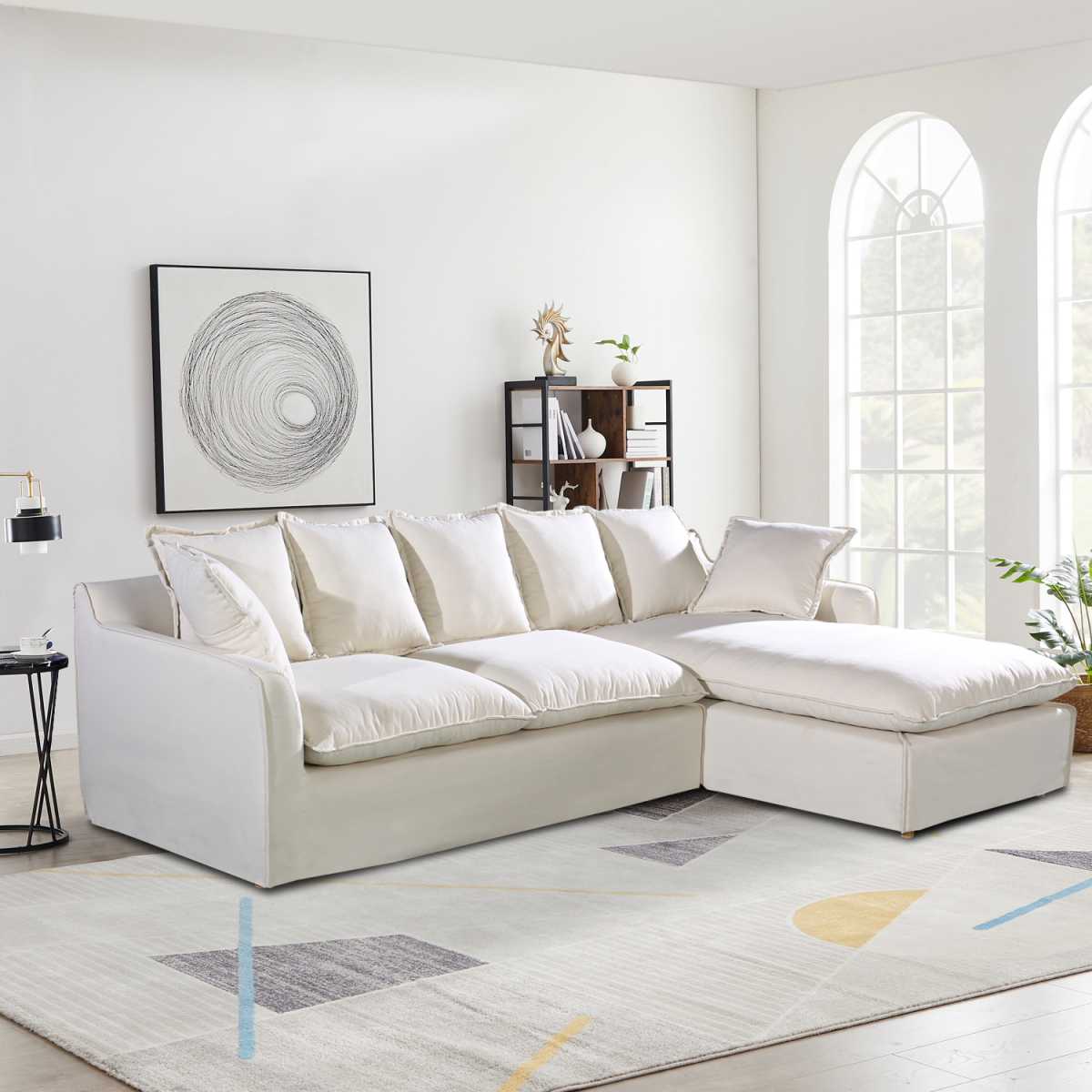
3. The Cushions: The Heart of the Cloud
This is it—the part that makes a cloud sofa a cloud sofa. The fill determines the feel, the price, and how much work you’ll have to do to keep it looking good.
- Down and Feather Blends: This is the classic, luxurious filling. It gives you that signature, deep sink-in feeling. But—and this is a big but—it requires maintenance. 100% down/feather cushions need to be fluffed. Daily. If you don’t, they will flatten into sad, lumpy pancakes. This is a lifestyle commitment!
- Foam Core with a Down Wrap: From my experience, this is the best option for most people. You get a supportive, high-density foam core that provides structure and prevents bottoming out, and it’s all wrapped in a thick blanket of down and feathers. You get the soft, plush feel on top, but the foam core does the hard work of bouncing back. It requires far less fluffing and is the hallmark of a well-made, practical cloud sofa.
- All-Foam or Fiberfill: This is the budget option. Some modern sofas use layers of different-density foam, which can be good if the foam is high quality (look for a density of 1.8 lbs per cubic foot or higher). Polyester fiberfill, often called poly-fill, is a cheaper down alternative that feels soft at first but clumps and flattens very quickly. If you see a cloud-style sofa for under $1,000, it’s almost certainly using cheap foam or fiberfill. It’s a false economy, as you’ll be unhappy with the flattened cushions in no time.
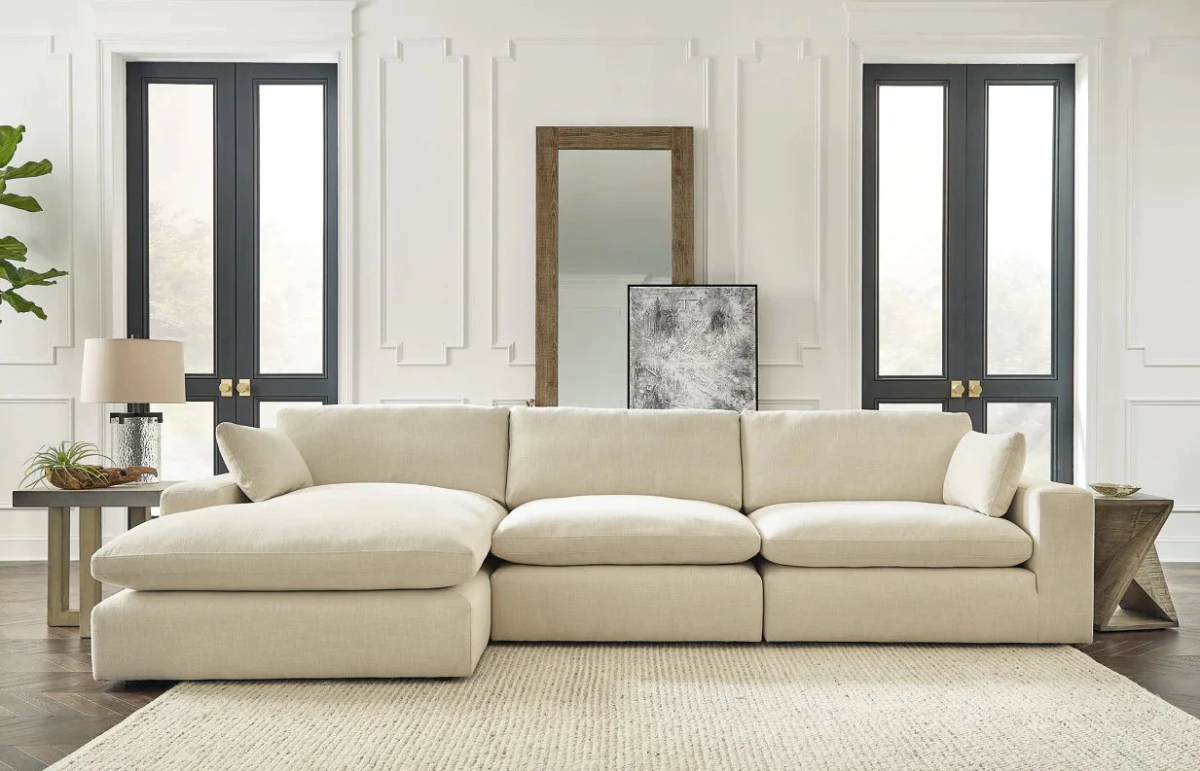
Shopping for a sofa can be a confusing mess of brands and price points. Here’s a general breakdown of what you can expect from different types of retailers.
At the lower end, you have the direct-to-consumer online brands. They offer stylish looks for what seems like a steal, often in the $900 – $1,800 range. To hit these prices, they almost always use engineered wood or pine frames, webbing suspension, and foam or fiberfill cushions. They can be a great choice for a temporary space or a first apartment, but don’t expect them to hold up to heavy, long-term family use.
The middle ground is occupied by your big-name, mall furniture stores. Think of the places you’ve known for years. Here, you’re typically looking at a price range of $2,500 – $6,000 for a quality 3-seater. In this tier, you should be getting a kiln-dried hardwood frame, a solid sinuous spring system, and those fantastic down-wrapped foam cushions. For most families, this is the sweet spot for a durable, comfortable sofa that offers real value.
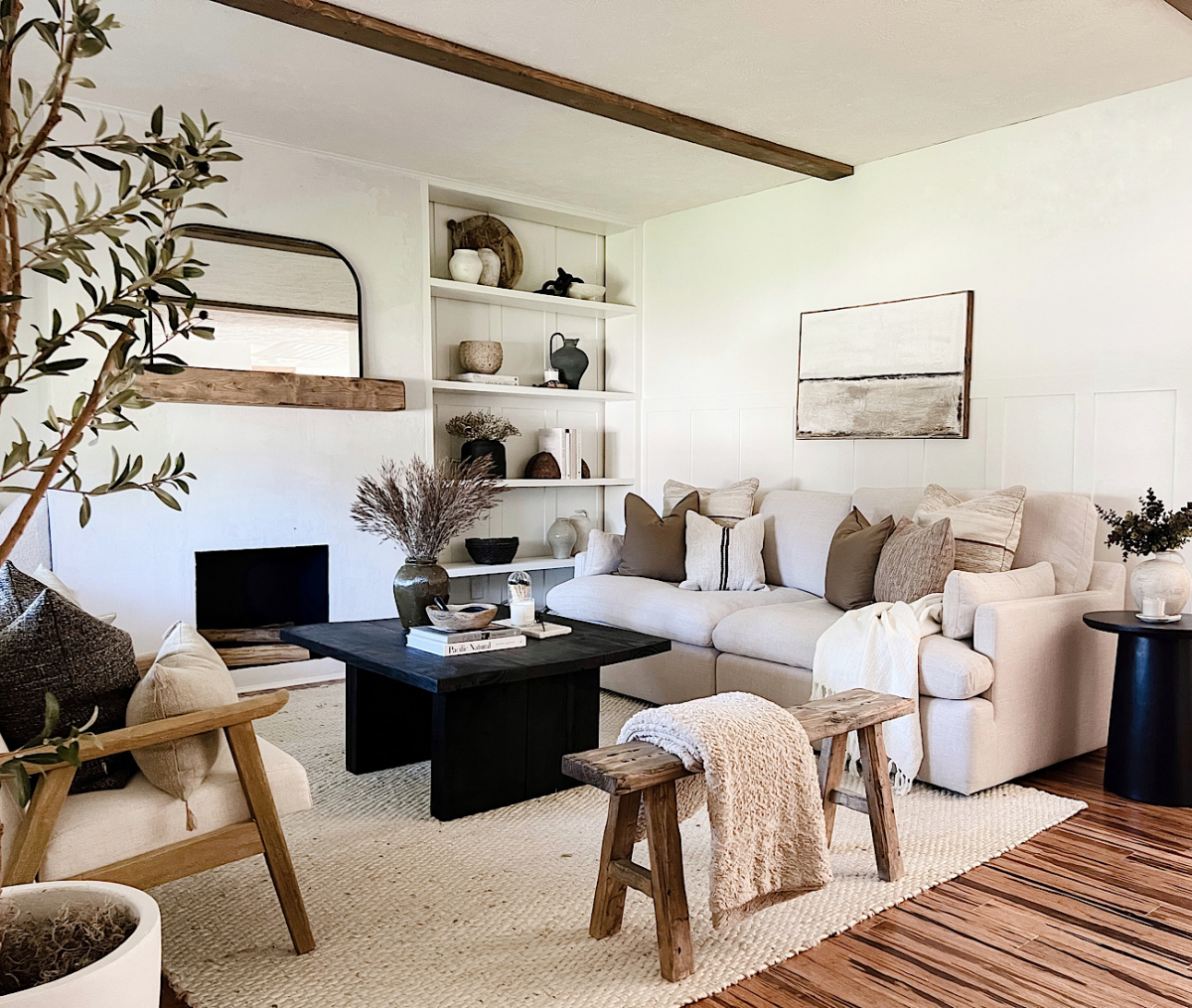
At the top, you have the high-end, design-focused showrooms and custom workshops. This is where sofas start around $6,000 and can easily climb to $10,000 or more. You’re paying for premium materials top to bottom, designer fabrics, and labor-intensive construction like eight-way hand-tied springs. This is an investment in a true heirloom piece.
Your Pre-Purchase Checklist (Don’t Go Shopping Without It!)
Okay, you’re ready to hit the stores. Don’t get seduced by looks alone. Be methodical.
1. Measure EVERYTHING. Twice. I cannot stress this enough. Measure your room, but also measure every doorway, hallway, and stairwell the sofa needs to pass through. I’ve seen people have to return their dream sofa because it couldn’t make the turn into the living room. Use painter’s tape on your floor to map out the sofa’s footprint to see how it feels in the space.
2. Be Honest About Your Life. Got kids and a dog? That beautiful white linen sofa is a brave, brave choice. Look for performance fabrics that are stain-resistant. Hate tidying? The constant fluffing of pure down cushions will drive you crazy. Choose the foam-core wrap instead. Your sofa needs to work for your real life, not your fantasy life.
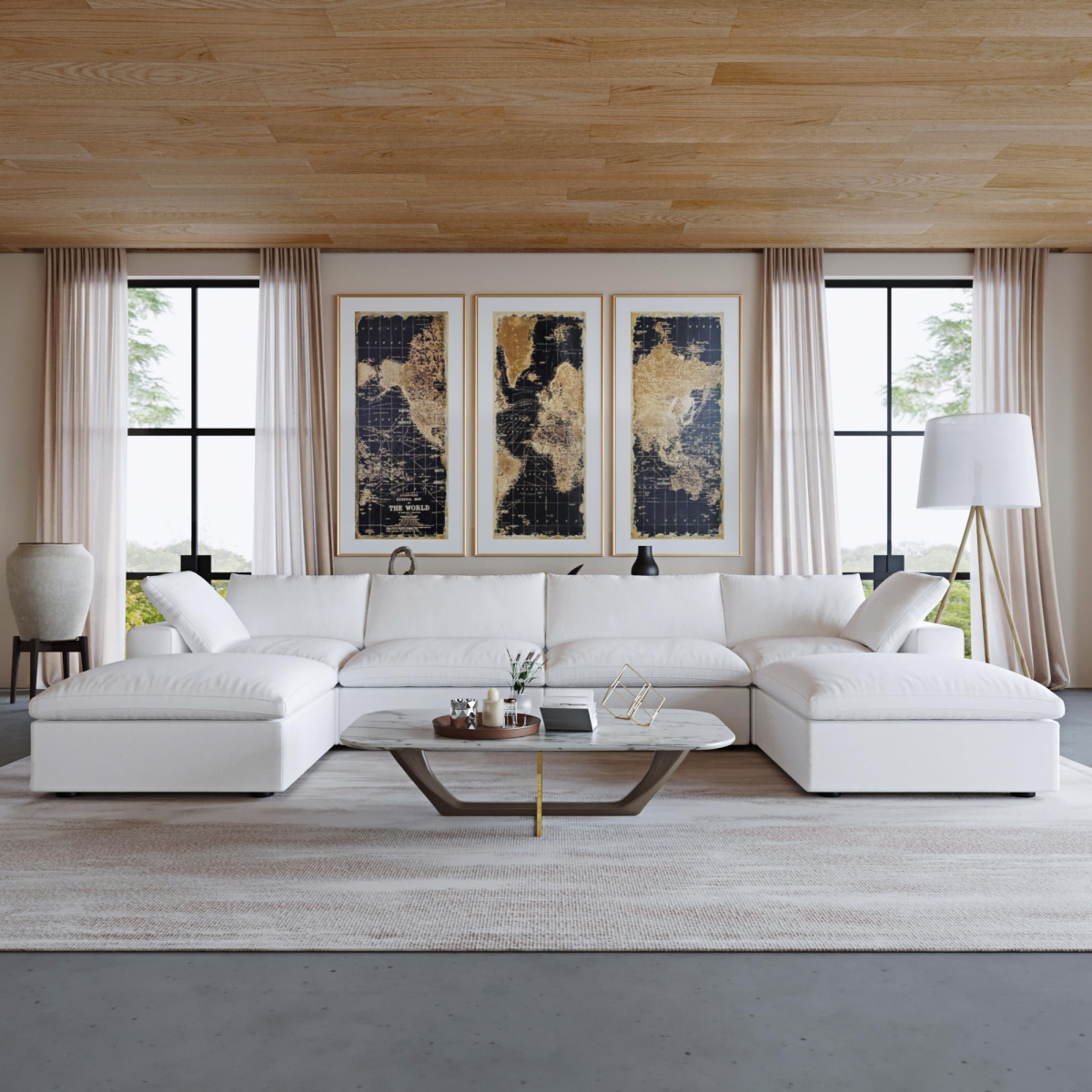
3. The In-Store Inspection. Don’t just sit down for five seconds.
- Do the Lift Test. Lift a front corner. Does it feel solid or does it twist?
- Listen for Creaks. Plop down, shift your weight. Silence is golden. Creaks and groans signal a weak frame.
- Unzip a Cushion. Seriously, ask if you can. See what’s inside. Is it a solid block of cheap-looking foam or a proper foam core with a nice, thick wrap?
- Check the Fabric’s Durability. Ask for the “double rub” count. For a sofa getting daily use, you want at least 15,000. For a busy family home, I’d aim for 30,000 or more.
Keeping the Dream Alive: Long-Term Care
You bought it! Now, let’s keep it looking great. A little routine care makes all the difference.
Fluff and Rotate. This is the #1 rule. For cushions with any feather or down, you have to fluff them. But what does that even mean? It’s simple: Pick up a cushion, give it a few good punches on each side like you’re in a pillow fight, then drop it back in place. Do this every few days, or whenever it looks a bit flat. It takes 30 seconds. Also, rotate and flip your cushions every week or two to ensure they wear evenly.
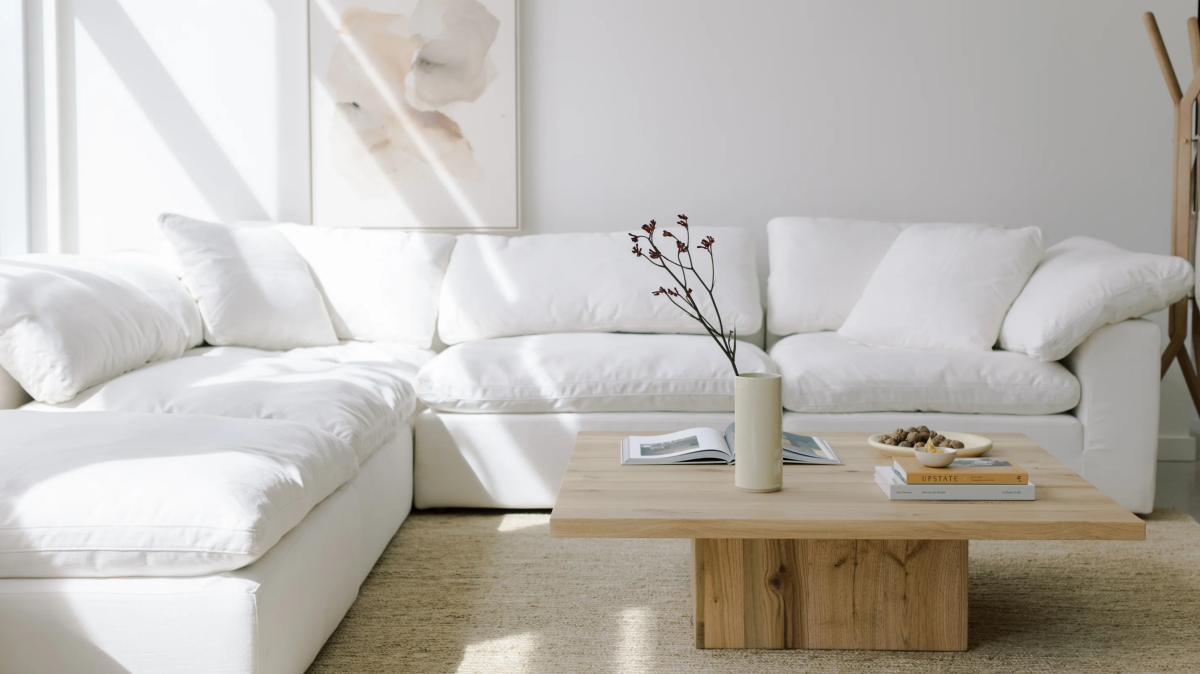
Vacuum Regularly. Use a soft brush attachment to get the dust and crumbs out from the upholstery and from the deck underneath the cushions. Grit and dirt act like tiny razor blades that wear down fabric fibers.
Act Fast on Spills. Blot, don’t rub. Use a clean, dry white cloth to soak up as much as possible. Check the cleaning code on your sofa’s tag (usually W, S, W/S, or X) before you use any cleaning products. And always test a cleaner on a hidden spot first!
A Few Final Thoughts: Allergies and Fumes
Heads up! If you have a serious feather allergy, a traditional down-filled sofa is probably not for you. Look for a high-quality synthetic down alternative or a foam-and-fiber wrap to get a similar feel without the sniffles.
Oh, and that “new furniture smell”? That’s called off-gassing, and it’s from chemicals used in the foam and fabrics. Look for a CertiPUR-US® certification on the foam. It’s a good sign that the manufacturer is using healthier materials made without a lot of the nasty stuff.
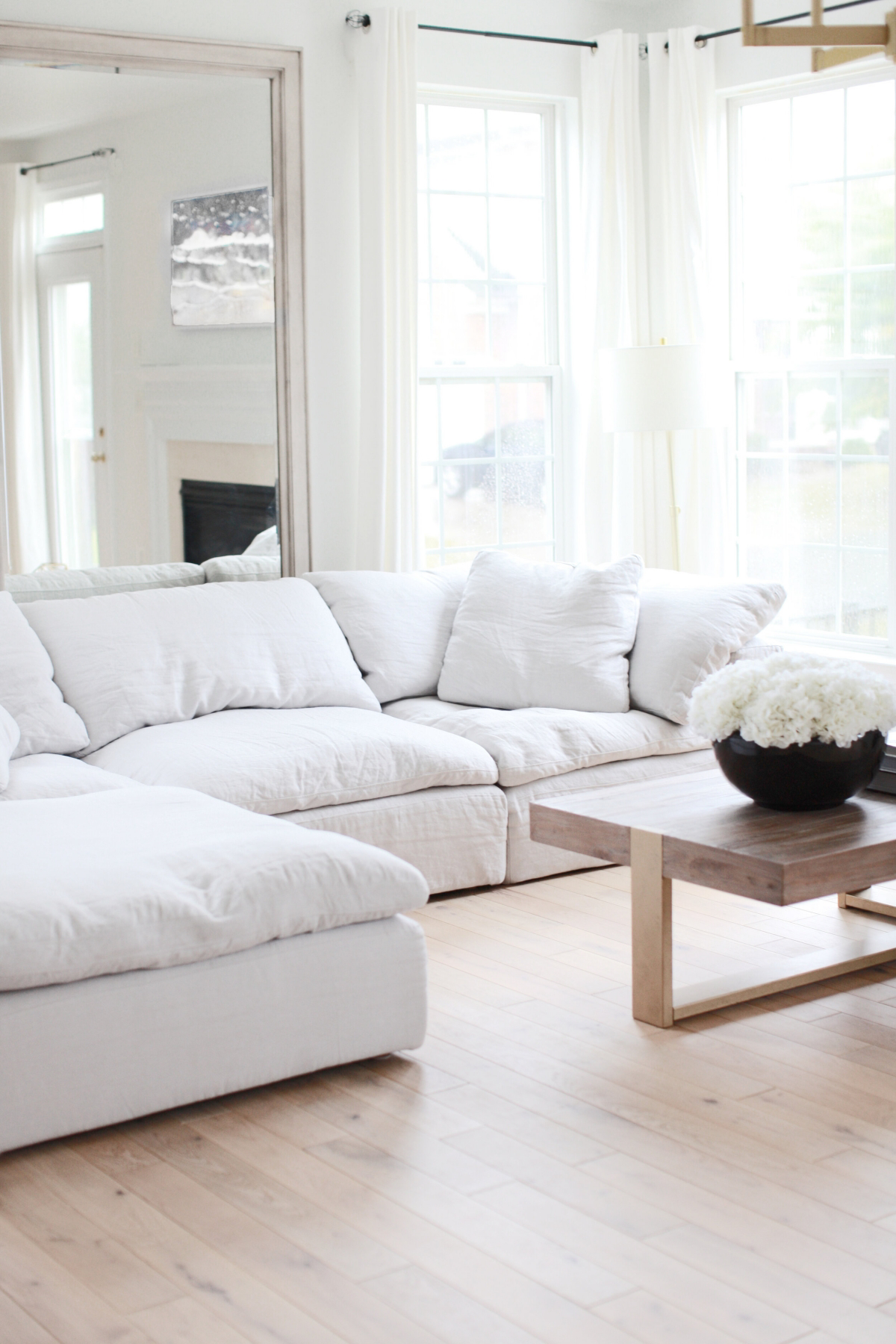
A cloud sofa can be an amazing, cozy centerpiece for your home. By arming yourself with a little knowledge, you can see past the fluff and invest in a piece built on a solid foundation of quality. And that’s a truly comfortable feeling.
Galerie d’inspiration
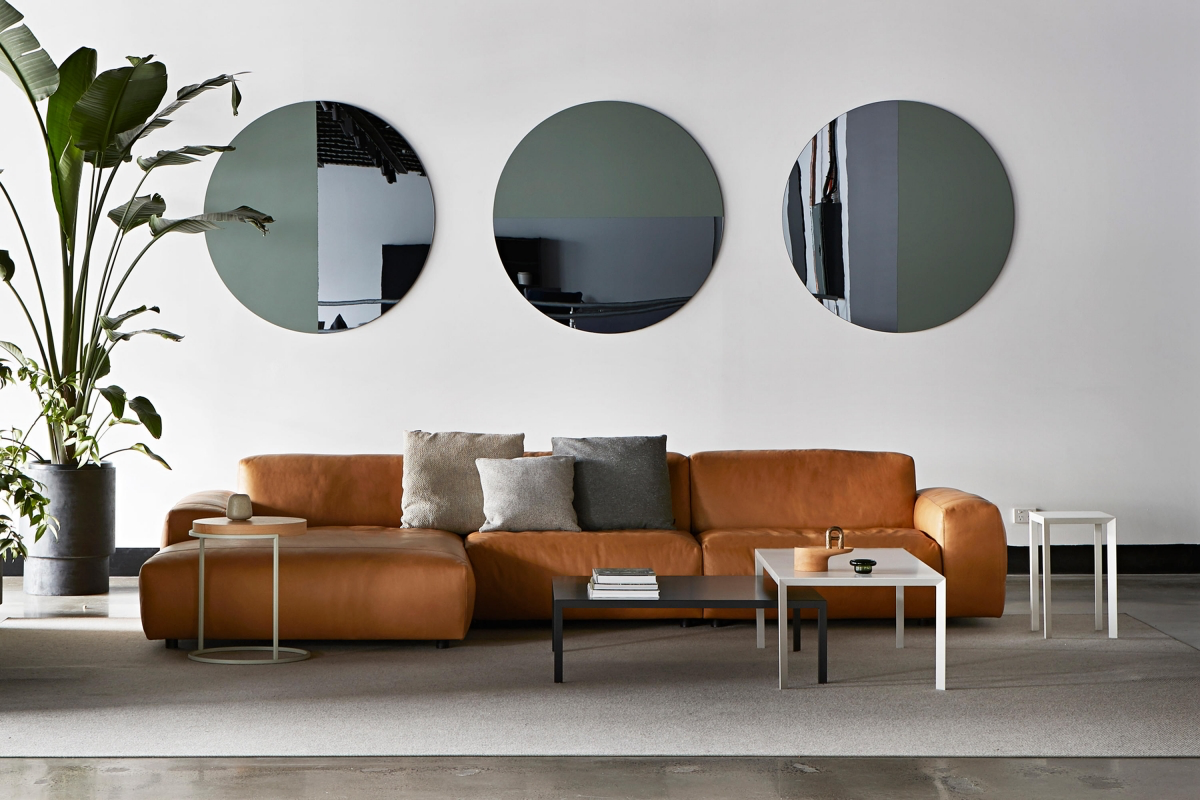
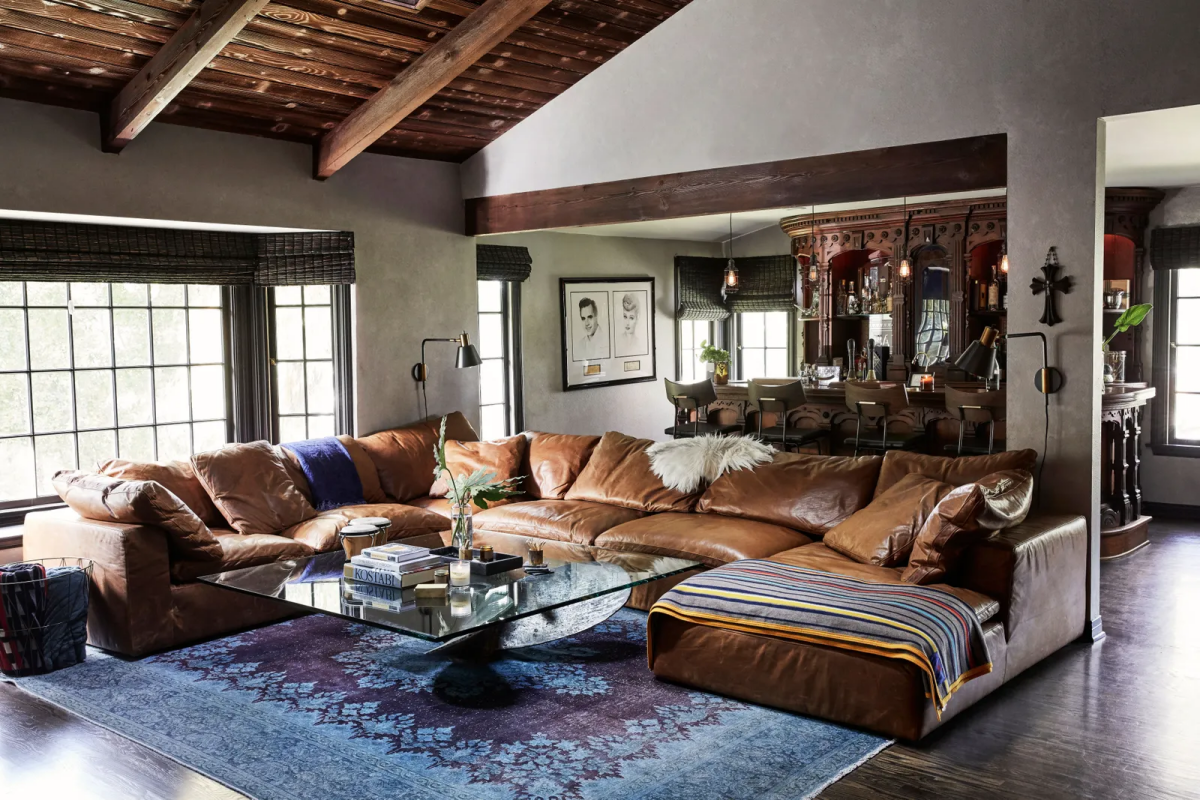
A cloud sofa’s relaxed, voluminous silhouette is a statement in itself. Resist the urge to clutter it with a dozen decorative pillows. The beauty lies in its unstructured form. Instead, opt for one or two larger lumbar pillows or a single, luxurious throw in a contrasting texture like alpaca wool or chunky knit to add depth without overwhelming the design.
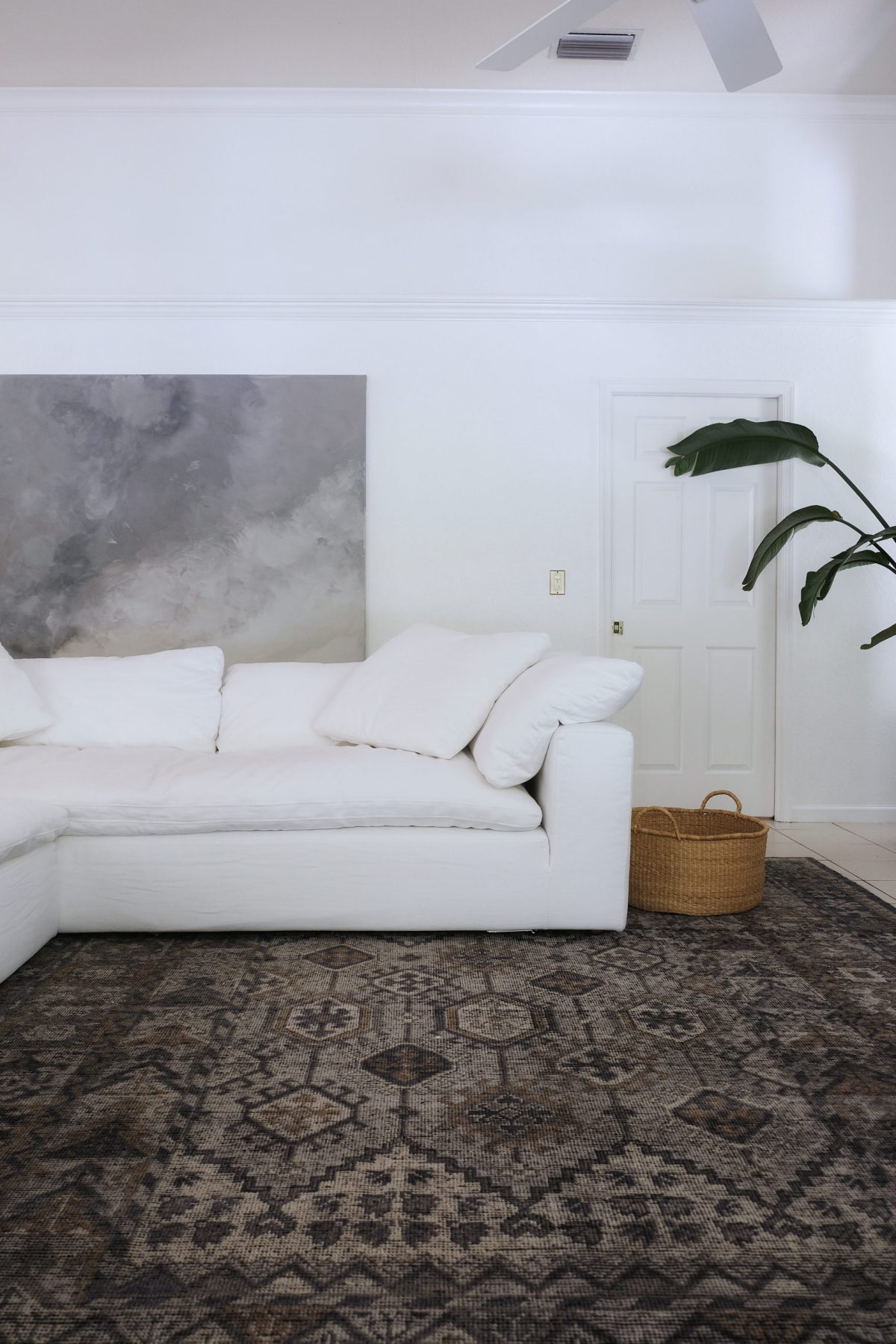
- Fluff every cushion, including back and seat, at least once a week. It’s not a chore; it’s a 5-minute ritual to restore that signature loft.
- Rotate the seat cushions from left to right every month to ensure they wear evenly and prevent permanent ‘butt-dents’.
- For fabric versions, invest in a good quality fabric shaver to gently remove any pilling that naturally occurs with soft, woven textiles.
- Vacuum with an upholstery attachment regularly, getting into the deep crevices where dust and crumbs love to hide.
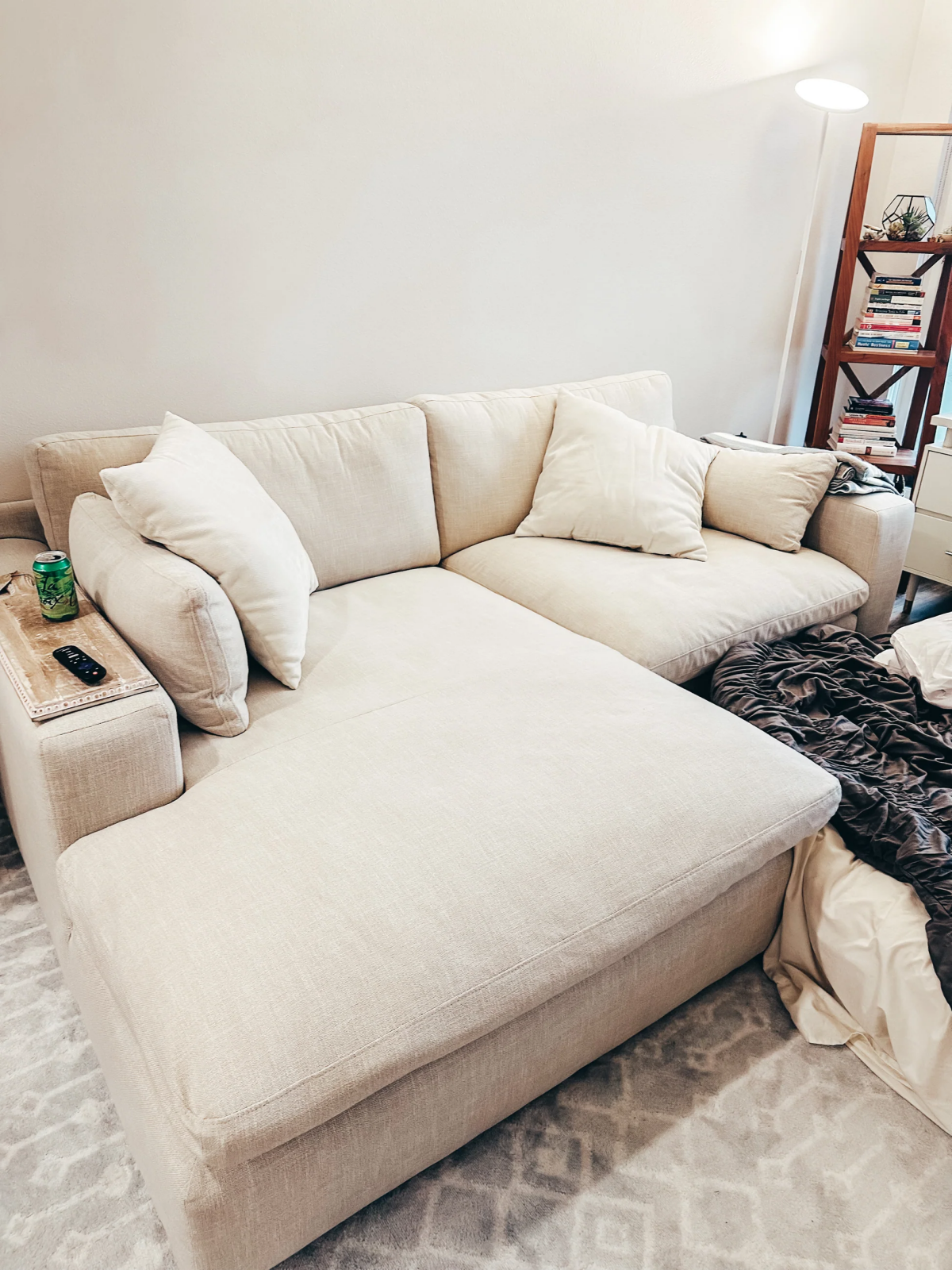
The biggest mistake buyers make: Ignoring the fabric’s reality. That beautiful, creamy linen-blend on the showroom floor is a magnet for stains. If you have kids, pets, or enjoy a glass of red wine on the couch, insist on a performance fabric. Brands like Crypton or Sunbrella offer textiles that are virtually indestructible against spills and dirt, giving you the cloud aesthetic without the constant anxiety.
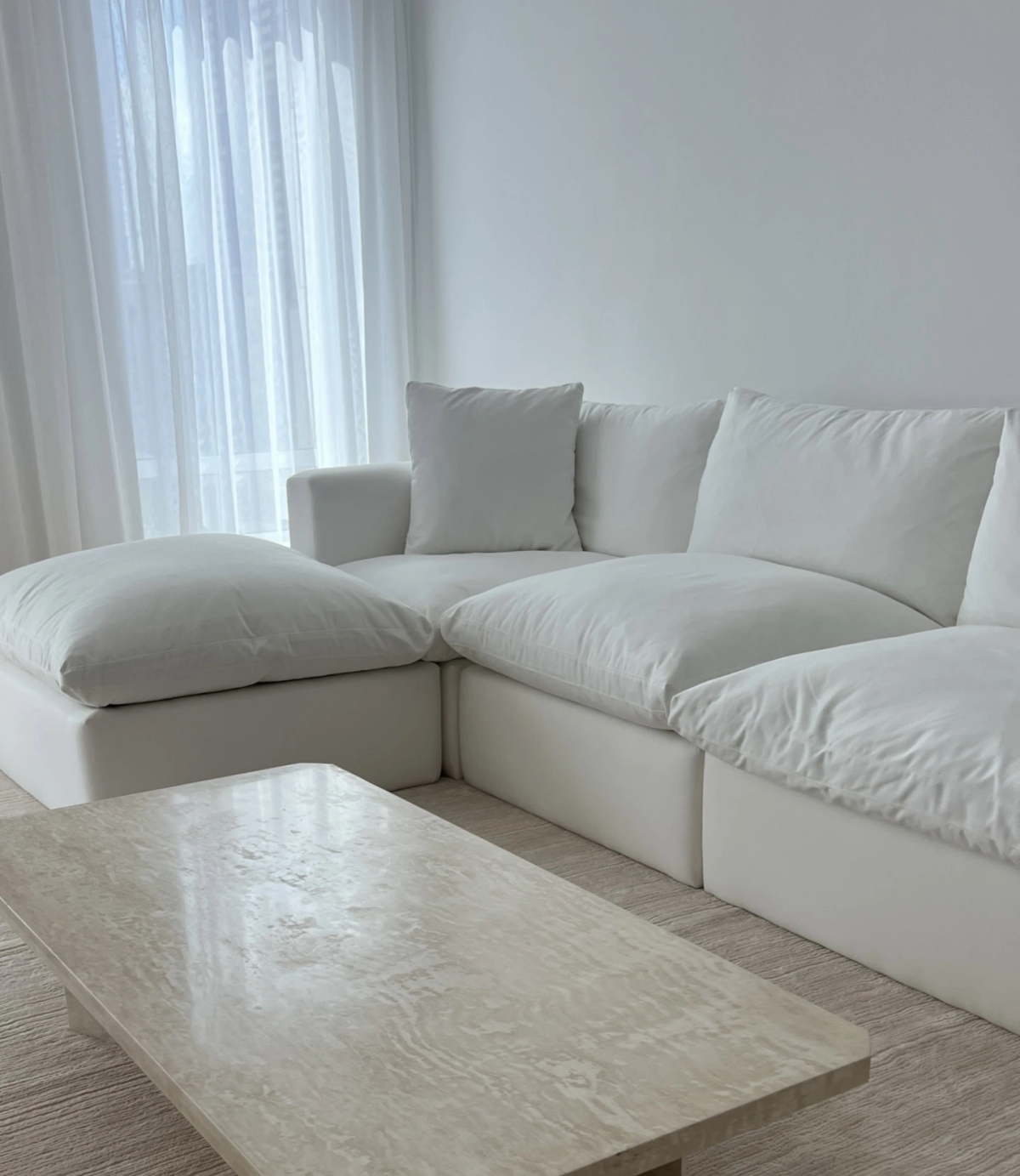
Not all fluff is created equal. High-end sofas often use a feather and down fill that is certified by the Responsible Down Standard (RDS), ensuring the waterfowl have been treated humanely. It’s a hallmark of quality that goes beyond simple comfort.

Want the cloud look without the Restoration Hardware price tag? The market is full of excellent alternatives that capture the vibe. The key is to look for deep seats, plush cushions, and a relaxed frame. Some of the most popular and well-regarded ‘dupes’ include:
- The Crate & Barrel Ever Slipcovered Sofa: Offers a similar relaxed look with highly durable slipcover options, making it family-friendly.
- The Albany Park Kova Pit: A modular design that lets you create a massive, sink-in pit sofa, perfect for movie nights, at a more accessible price point.
- The Sixpenny Neva: Known for its all-natural fabrics and ethically sourced down cushions, hitting a sweet spot between luxury and value.
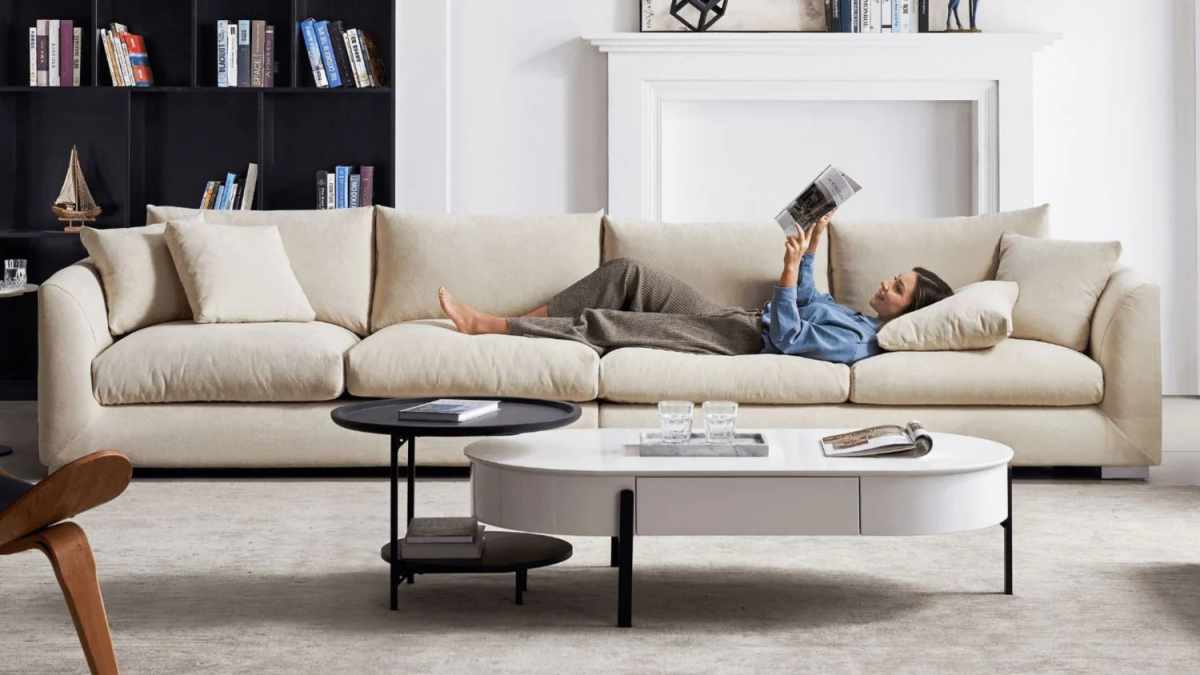
But can a leather cloud sofa truly feel like a cloud?
Absolutely, but it’s a different experience. Instead of an instant, airy sink-in feeling, a quality leather version offers a substantial, buttery softness that molds to you over time. Look for full-aniline or semi-aniline leathers which are less processed and retain their natural, soft texture. While it won’t have the same ‘fluffy’ appearance as its fabric counterpart, a leather cloud sofa, like the Maxwell from Restoration Hardware, develops a rich patina and character that is unmatched for longevity and timeless style.
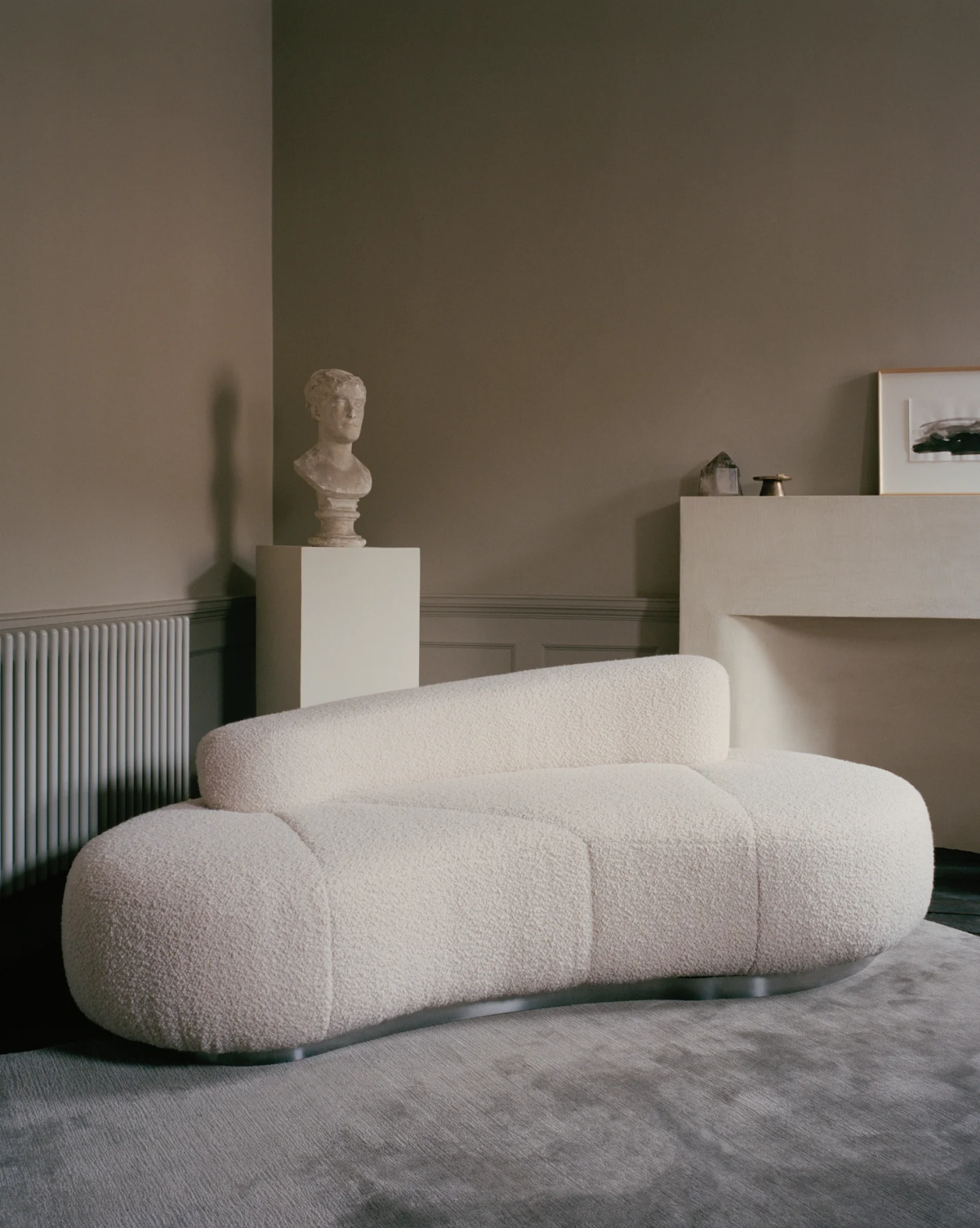
Classic Down/Feather Blend: This is the original recipe for that luxurious, weighty ‘sink’. It conforms perfectly to your body but demands regular, vigorous fluffing to avoid looking flat and requires a high-quality, tightly woven casing to prevent feathers from poking through.
High-End Synthetic (like Trillium): A game-changer for low-maintenance comfort. This polyester fiber mimics the feel of down, is hypoallergenic, and holds its shape significantly better. It offers about 90% of the feel with only 10% of the maintenance.
The choice boils down to your commitment: are you a purist who will happily fluff for that authentic feel, or do you prioritize a couch that looks great with minimal effort?
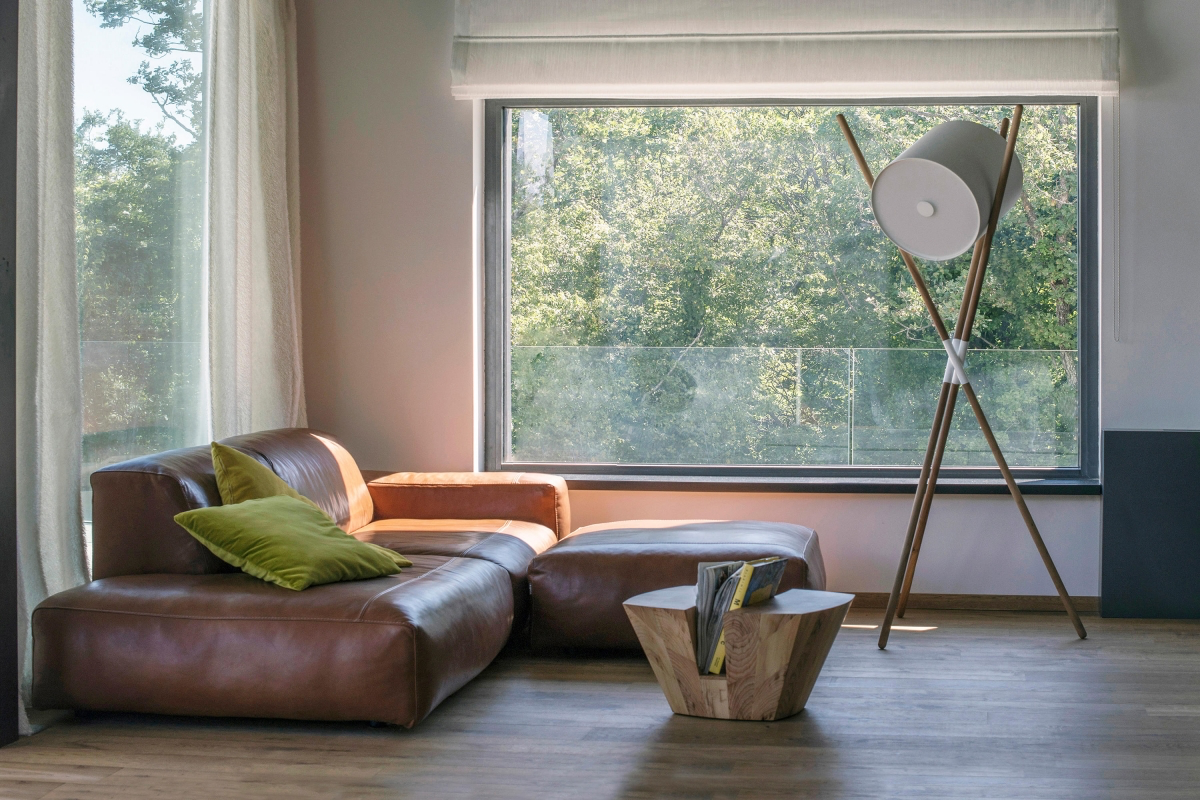
A standard three-seat cloud sofa can easily weigh over 250 lbs (113 kg) and measure more than 40 inches deep.
This isn’t your average sofa delivery. Before you even think about clicking ‘buy’, measure every single entry point: your front door, hallways, stairwell turns, and the final destination room. Many a dream sofa has ended up on the sidewalk because it couldn’t make the turn into the living room. Modular designs, like those from Lovesac or the Article Beta, are a brilliant solution, allowing you to bring in the comfort piece by piece.
- A sofa that always looks and smells fresh.
- The ability to erase a wine or coffee spill in minutes.
- A complete living room makeover for a fraction of the cost of a new couch.
The secret? A well-made, machine-washable slipcover. It’s the single most practical feature for this style of sofa, especially in light colors. It transforms the sofa from a precious, delicate object into a durable, truly liveable piece of furniture. It’s the feature that lets you actually relax on your cloud.










